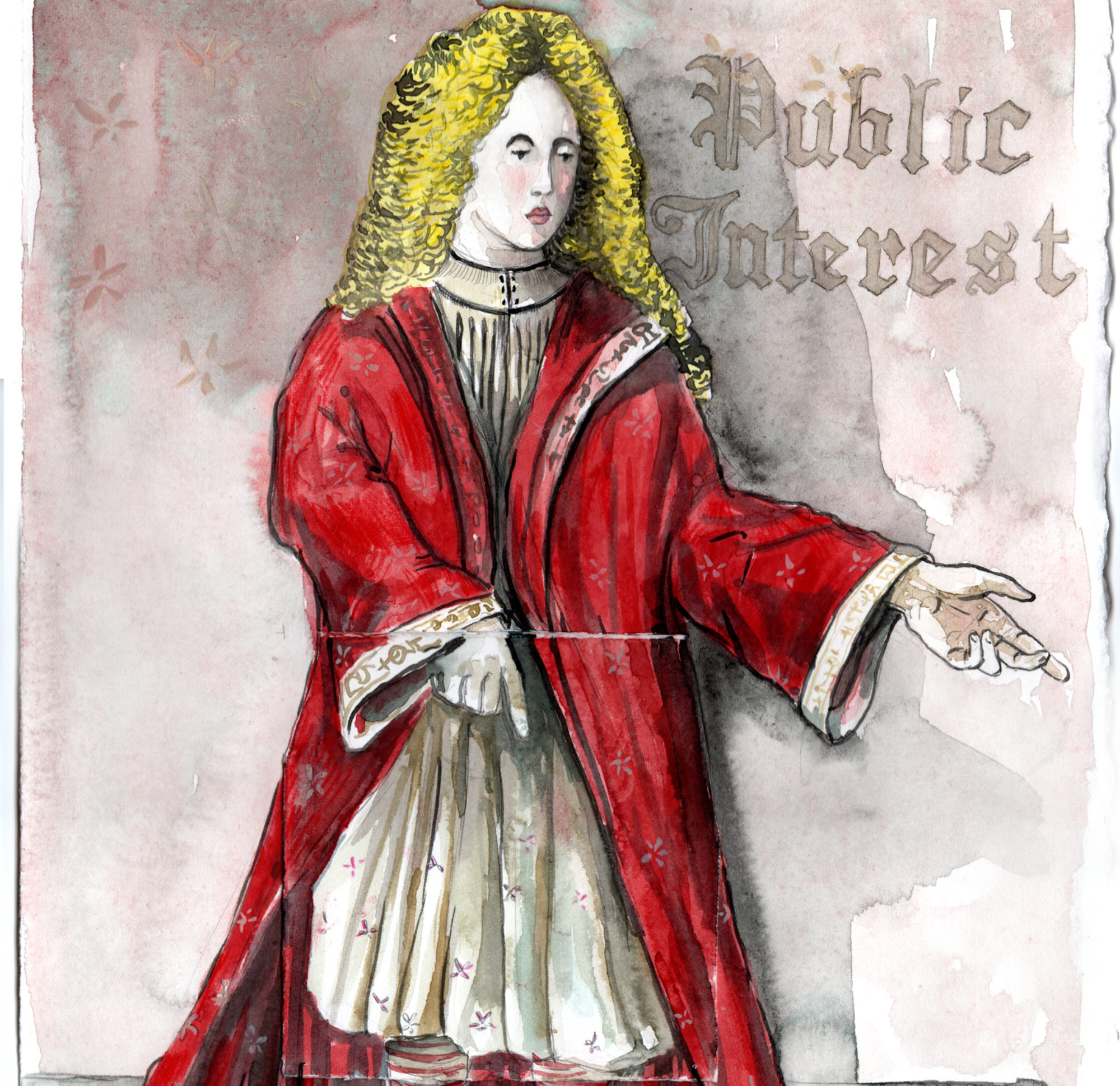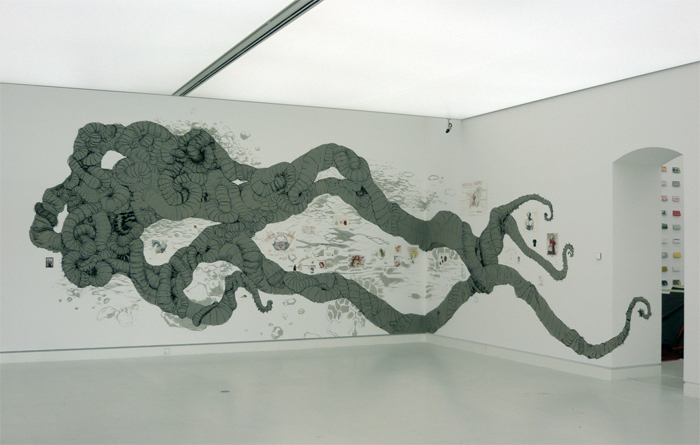“Ennai naanaga vazha vidu – Let me live as myself”
– The last line of the play Uraiyada Ninaivugal performed by members of Kannadi Kalai Kuzhu, the cultural troupe of Sudar Foundation.
“Sudar”, which literally means flame, is a registered trust for more than two years now but has been doing work around the rights of transgender people for more than five years. It is a group of fifteen transgender people (known as hijras in Hindi and aravanis is Tamil) who have come together to form this organisation. This group live as a family and work with each other. Many things make Sudar Foundation different from most other organisations of and/or working on rights of transgender people in India. One such aspect is that as an organisation they did not begin their work with that on HIV/AIDS. While work related to the infection is very important, as Priya Babu, the treasurer of Sudar Foundation says, “All groups of transgender people that are involved in work around social change within the community, almost always work on issues of HIV/AIDS. This puts forward the false image that this is the only issue of the community and contributes to the myth that this community is more susceptible to or spread the infection more than others”.
She says, “There are other issues that are equally important if not more, to the community”. The price they often pay for this political stand is the lack of funding as the most common funding for organisations in the aravani community is for work around HIV/AIDS. In spite of these hindrances, Sudar Foundation takes up a series of issues of concern to the community and expresses themselves in various forms.
One such expression is their cultural group, which has now produced two plays. Kannadi Kalai Kuzhu, which means mirror cultural troupe is the only all aravani theatre group in the nation. Both their plays manasin azhaippu (the call of the heart) and uraiyada ninaivugal (frozen memories) portray various aspects of the lives ofaravanis. They have been produced with support from Voicing Silence, a project of M.S.Swaminathan Research Foundation. The first play portrays various kinds of rights violations of the community and expresses dissent against the same. The second play is one that looks inwards. They interrogate the notion of family while talking about their experiences with their natal families as well as their adopted family of aravanis. They conclude that a family can be of different kinds and it is a space of acceptance, warmth, care and mutual support. These plays are in Tamil and the troupe has travelled around Tamilnadu. They have received support from various progressive groups in the state including those that work on issues of caste and class.
Mangai, a feminist theatre director based in Chennai who has directed both the plays with Kannadi Kalai Kuzhu says, “Members of the group have opened up to themselves and with each other through the process of theatre.” She also states, “Working with Kannadi Kalai Kuzhu challenges notions of genders on stage and creates a new idiom”. Members of the group such as Malathi said, “Theatre has helped in significantly increasing the confidence levels. It makes us much more comfortable with our own bodies.”
Members of Sudar Foundation now run a self-help group, which has received acclaim from the state government. They have used the revolving fund available to the self-help groups to build homes. They have built fifteen homes, solving one of the most significant problems of the aravani community – accommodation. They built the houses on land granted to the group by the Tamilnadu government. This grant did not come easy. Members of Sudar Foundation struggled for five years to get the land. Nestled in a tiny village beyond chengalpattu town, these fifteen small homes have given the freedom and peace of mind that comes with owning a house to anyone. Especially in this community, it is almost impossible for them to own houses and rents shoot up the minute the owners know they are aravanis, if they allow them to rent the house at all in the first place
About future work of the self-help group Priyadarshini, the secretary of Sudar Foundation says, “We will invest the money in small businesses and hope to make a minimal profit which we can then use to take care of our personal expenses as well as those of the Foundation”. She says, “This experience will teach us to handle money as well as to invest in a way that is lucrative.”
Yet another significant victory for members of this group and the aravani community as a whole is the case that they filed and won in the Trichy high court, Tamilnadu asking for aravanis to get voters identity cards. The loophole however lay in the fact that the judge ruled that they could receive their card in any gender they wish- male, female or transgender. Thus in implementation the officials in many cases harassed them and insisted on giving them cards as male and not as anything else. The victory however remains significant however symbolic it may be.
The some members of the Foundation also took a three month course on beauty care and massage therapy. Those members are now qualified beauticians and are awaiting some economic support to start their own beauty parlour. Not all the members have received even basic school education. They often leave school around puberty when changes begin to occur in their bodies and the harassment in school becomes unbearable. Others are from poor families who could not afford to send their child to school. The few who are educated, some who have masters’ degrees have not been able to get a job or have lost their jobs because they are aravanis.
Thus, the issues of the community in terms of ensuring basic standards of living are immense. Sudar Foundation however does not stop there and go beyond to a politics that is complex and nuanced. Selvam who is a female to male transgender individual is part of the group. This is uncommon and often disallowed among traditional aravani jamaats or communities. Members of Sudar Foundation however have fought this tradition and supported Selvam. Selvam is growing up to be a hard working young man and contributes immensely to all the work of Sudar Foundation. Selvam says, “They are my family. I cannot imagine living anywhere else with anyone else.
It is thus apparent that Sudar Foundation has a long way to go in terms of their work. Their battles continue from daily sustenance of both individuals and the organisation, to political expression and legal struggles. The heartening aspect however is the group is not only hard working, they are willing to constantly question themselves as much as the outside world. They work with a politics of ensuring basic rights, which they believe is possible only through collective work and critical thinking. They untiringly inch towards creating a world where they all can live with dignity and respect. They are a critique of normative civil, political and social structures and a heartening lesson to all those interested in processes of social change.


